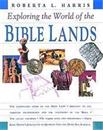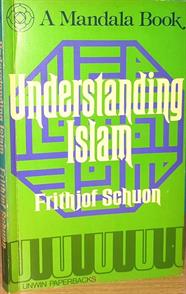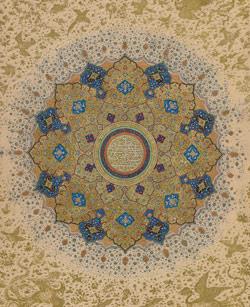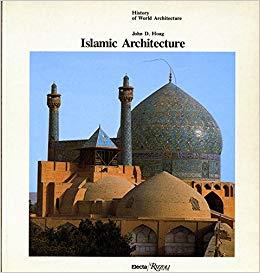

|
As the outward and visible symbol of Islam, the mosque can be found in all parts of the modern world. This volume traces the history and development of the mosque since its origins in Medina and Mecca at the time of the Prophet Muhammad, explaining its traditional religious and teaching role in Muslim society, as well as its characteristic architectural and decorative features. Many of these features--the mihrab, the dome, the minaret--as well as the use of geometric patterns and calligraphic inscriptions as ornament are ubiquitous but vary widely in style. In the course of its spread from the heartland of Arabia, Islam often took over and adapted existing places of worship and styles of building as it gained a foothold in new territories, ranging from Spain and sub-Saharan Africa to China and Indonesia. The development of the mosque and its architecture is presented region by region, taking into account building materials, climatic factors and craft skills, as well as major historical events such as the rise of the Ottoman and Mughal Empires. Richly illustrated with material drawn from a wide range of sources, this book is not only the most comprehensive overview of the mosque available, but also serves as an invaluable guide to an understanding of its role in Muslim society and culture throughout the world |


















